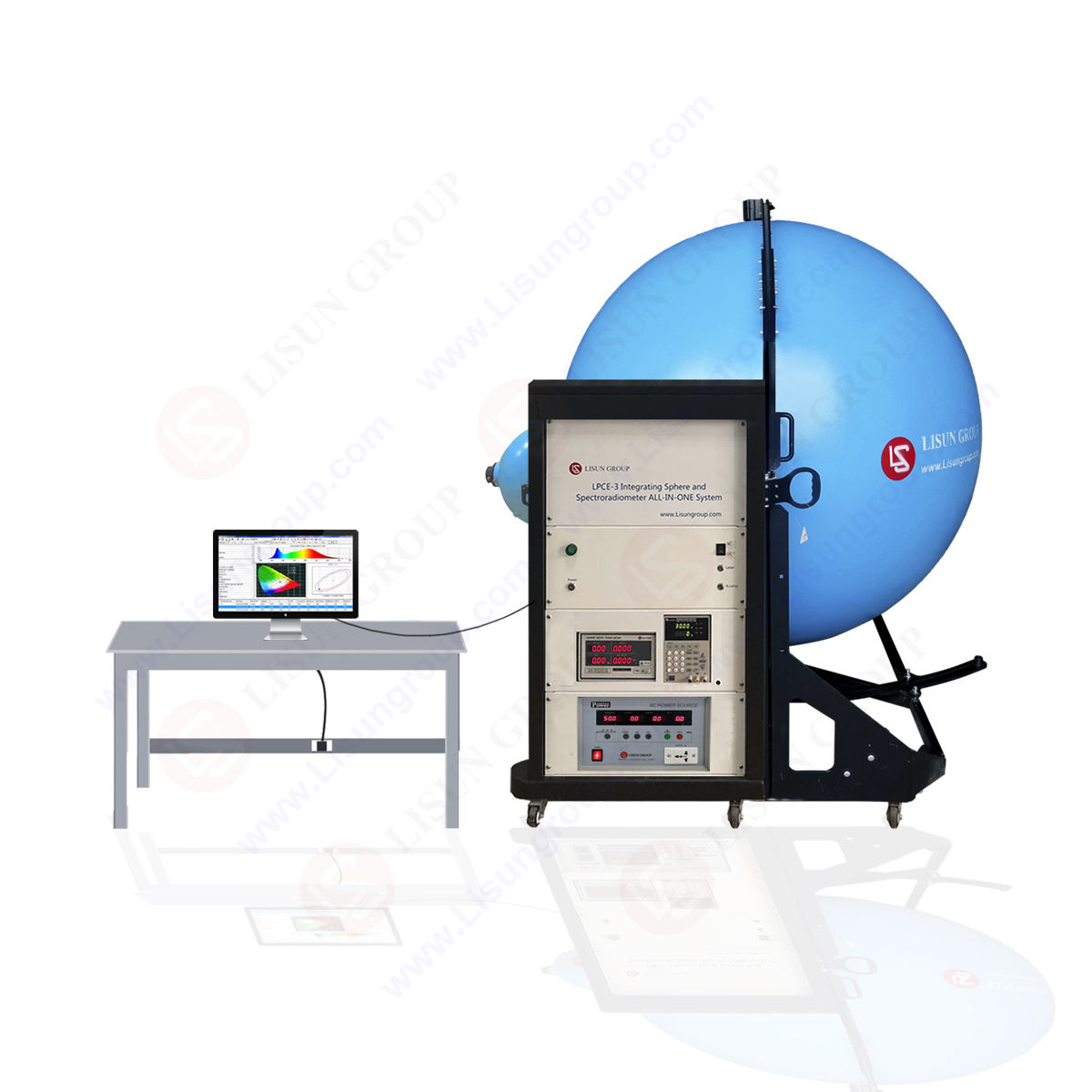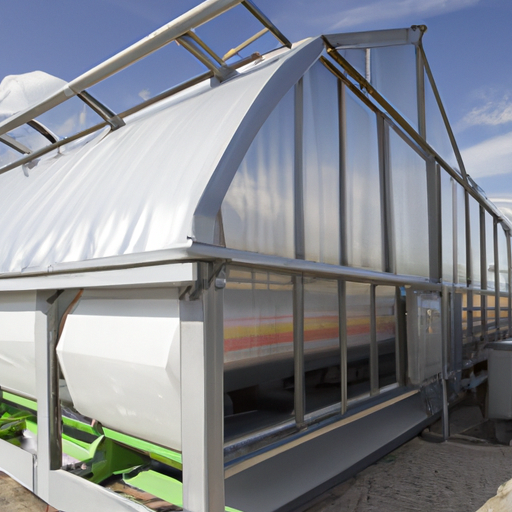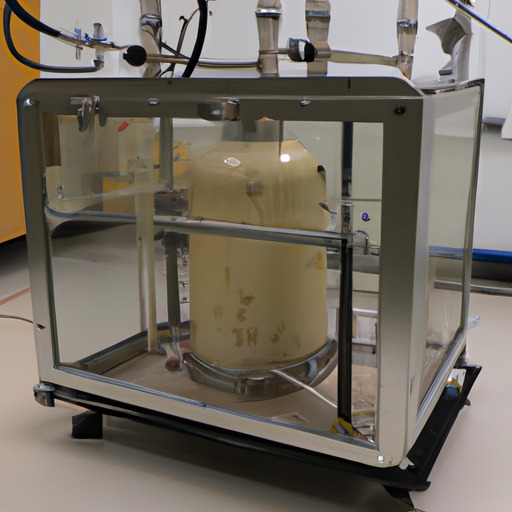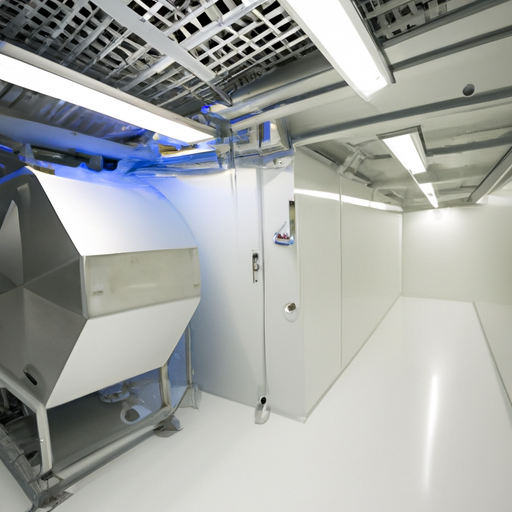a)1000 type: The electrical characteristics testing methods
–Method 1001: forward voltage
–Method 1002: reverse voltage
–Method 1003: reverse current
–Method 1004: total capacitance
b)2000 type: Optical characteristics testing methods
–Method 2001: average LED intensity
–Method 2002: half intensity angle and deviation angle
–Method 2003: luminous flux and luminous efficiency
–Method 2004: radiation flux and radiation efficiency
–Method 2005: peak emission wavelength, spectral radiant bandwidth and spectral power distribution
c)3000 type: Optical characteristics testing methods
–Method 3001: switching time
1 1000 type: electrical characteristics testing methods
1.1 Method 1001: forward voltage
1.1.1 Purpose
To test the voltage drop generated between the two electrodes when LED device is under the prescribed forward working current.
1.1.2 Test chart
Picture 3 method 1001 testing pattern
D—The testing LED device;
G–Constant current source;
A—Ampere meter;
V–Voltmeter。
1.1.3 Test procedure
a)Connect the test system according to the principle as shown in figure 3 and make the instrument preheating.
b)Adjust the constant current source and make the reading of the ampere meter is the rated value. Then the reading in the DC voltmeter is the forward voltage of the device under test.
1.1.4 Rated conditions
Environment or base temperature
Supply voltage
Forward bias current (Bias Current Source)
1.2 Method 1002:Reverse voltage
1.2.1 Objective
To test the reverse voltage generated between the two electrodes when the reverse current through LED device is the rated value.
1.2.2 Test chart
Picture 4 Method 1002: test chart
D–LED device under test
G—Voltage-stabilized source
A–Ampere meter
V–Voltmeter
1.2.3 Test Procedure
a) Connect the test system according to the principle of picture 4,and preheat the instrument.
b) Adjust the voltage-stabilized source to make the reading of ampere meter is the rated value, then the reading of the DC voltmeter is the reverse voltage of the measured device.
1.2.4 Rated Condition
Environment or base temperature
Power supply voltage
Reverse current
1.3 Method 1003:Reverse current
1.3.1 Objective
To test the reverse current caused by exerting the rated reverse voltage on the measured LED.
1.3.2 Test Chart
Picture 5 Method 1003: test chart
D–The measured LED device
G– Voltage-stabilized source
A–Ampere meter
V—Voltmeter
1.3.3 Test Procedure
a)Connect the test system according to the principle of picture 5,and preheat the instrument.
b)Adjust the voltage-stabilized source to make the reading of voltmeter is the rated value, then the reading of the DC ammeter is the reverse current of the measured device.
1.3.4 Rated Condition
Environment or base temperature
Power supply voltage
Reverse current
1.4 Method 1004:Total capacitance
1.4.1 Objective
Test the capacitance of the two ends of the measured device when exerting the rated forward bias and the signal of the assigned frequency.
1.4.2 Test Chart
Picture 6 Method 1004 test chart
D–The measured LED device
C0–Isolation capacitance
A–Ampere meter
V–Voltmeter
1.4.3 Test Procedure
a)Connect the test system according to the principle of picture 6,and preheat the instrument.
b)Adjust the voltage-stabilized source and capacitance instrument, separately exert the prescriptive forward bias and frequency signal on the measured LED.
Take away the capacitance C0 equivalence from the reading of the capacitance instrument index plate; the total capacitance of the measured LED device will be got.
1.4.4 Rated Condition
Environment or base temperature
Forward bias voltage
Prescribed frequency signal provided by the capacitance instrument
About Lisun Group:
Lead in CFL and LED Tester. Click to our product lists:
Goniophotometer
Spectroradiometer
Integrating Sphere
Colorimeter and Photometer
LED Test Instruments
CFL Testing Instruments
EMC testing
Electronic Ballast Tester
Equipments for Testing Electronic components
Electrical Safety Tester
Environmental Chamber
AC and DC power supply
Spectrophotometer
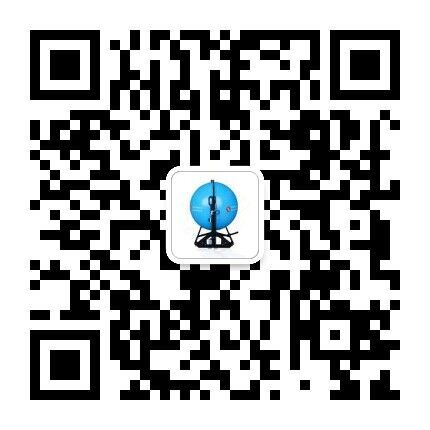
 中文简体
中文简体
